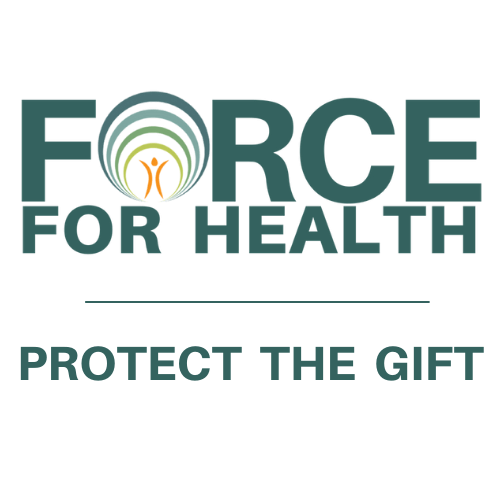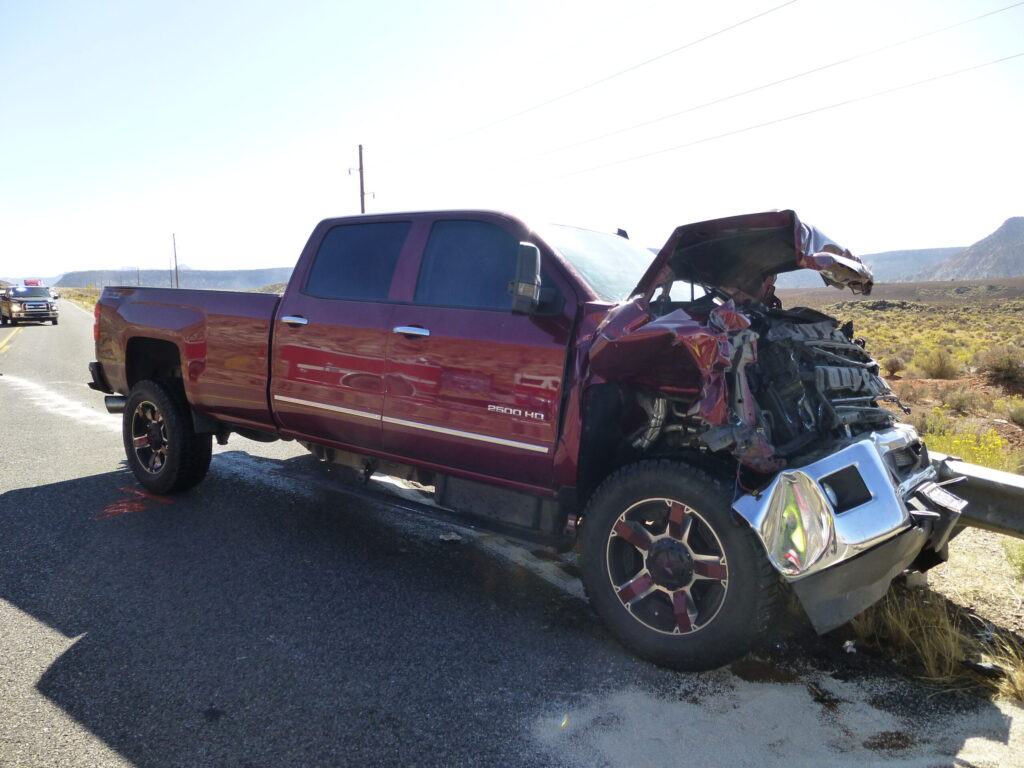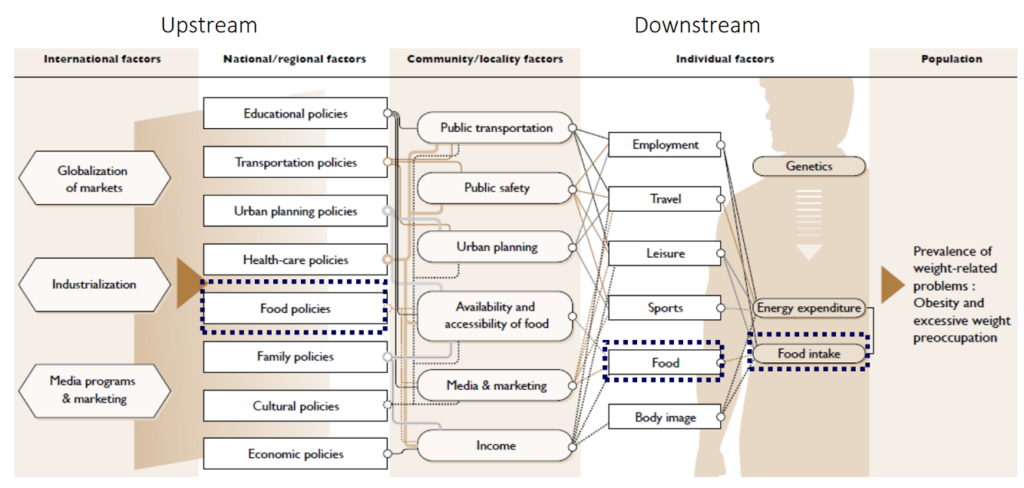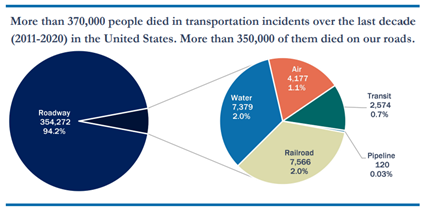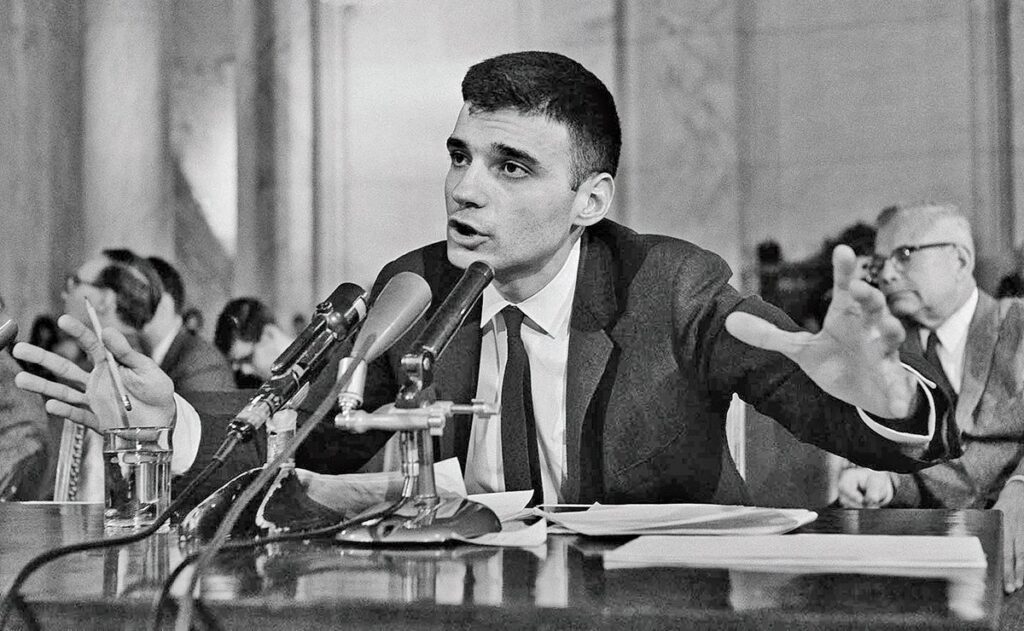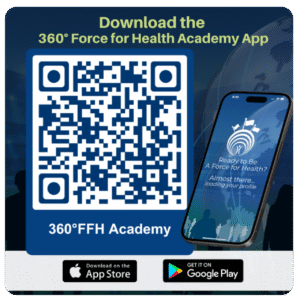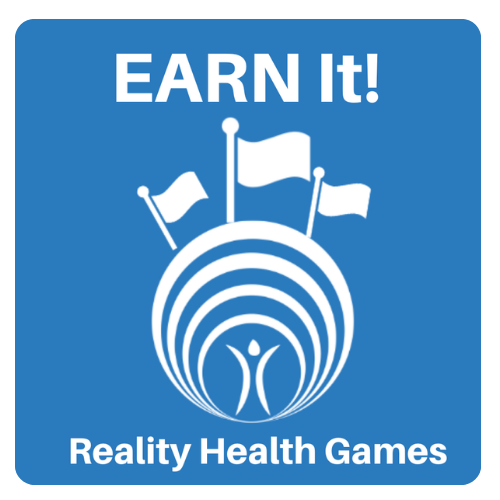
Army Veteran redefines the story of resilience
In 2004, not long after Army Veteran Jeffery Williams celebrated his 21st birthday, he was supporting Marine Corps Civil Affairs Operations in Ramadi, Iraq. As his platoon worked to provide security for important humanitarian assistance in an area of combat operations, the vehicle he was traveling in hit an improvised explosive device, killing two of his fellow soldiers.
The explosion left Williams paralyzed from the chest down.
Williams grew up in Wilcox County in the small town of Alberta. Now he is thriving a few hours from his hometown, in Huntsville, Alabama. He credits his perseverance to his roots and military service. Thanks to VA, he lives life with a purpose and determination to overcome adversity.
“When I reflect 20 years ago and remember where I was mentally and physically and compare that memory to now, I would tell you this would not be possible,” he shared.
VA brings source of healing
Through VA, Williams realized he could live an independent life despite his paralysis. “At first, I said I would have preferred to die on the battlefield. I was feeling sorry for myself. My healing process started when I got to the Spinal Cord Injury Center at the Augusta VA, home to one of VA’s Spinal Cord Injury and Disorder Centers. They got me started to heal,” he said.
Williams’ first move toward independence was when his health care team arranged a meeting with another paralyzed Veteran. The team strategically placed Williams at a window to witness another Veteran surviving paralysis arrive, park and exit his vehicle. The two met shortly after.
“When I saw that, it changed my attitude and that was when I realized I could live a normal life, but just differently. I could see these VA employees enjoy what they were doing. They were passionate and weren’t only doing it because it was their job. They cared about me,” he said.
Enter the Ekso Indego
Williams visits the Spinal Cord Injury Center once a year. Three years ago, he showed interest in attending the VA Wheelchair Games. With the help of his rehabilitation specialist at Birmingham VA, he’s been a participant ever since.
While at the games two years ago, a vendor demonstrating the Ekso Indego powered lower-limb exoskeleton caught Williams’ attention. The Exoskeleton is a five-piece system that allows patients with paralysis to stand and walk.
“I was approved for a trial and the rest is history,” he said.
Williams was fitted for his exoskeleton unit in 2024. Over the past five months, the technology has been part of his every VA rehabilitation visit and is periodically used outside of VA. Birmingham VA has trained his CrossFit coach and family members to assist with using the Exoskeleton when away from the VA facility.
“When I first stood up to have a conversation with someone at eye level it was very cool. I’m still building up my strength and tolerance, but I was prepared to never stand or walk again,” he said.
“He is super excited to get in this unit and work together to use it better and learn more from it,” said Danielle Peterson, physical therapist at the Huntsville clinic. “He’s expressed so much gratitude and shown how much the exoskeleton has changed his life. What an amazing personality and energy he brings to therapy.”
Williams is an encouraging source for anyone facing a life-changing event, like paralysis. He stressed that VA is full of resources and introducing him to exoskeleton technology has put a new perspective on his life. “I believe the care is superb. I think VA care is better than anywhere,” he added.
Rising to the occasion
Williams’ journey is a testament to resilience, perseverance and the power of innovation in transforming lives. From the battlefield to rebuilding his future with the support of VA, he has redefined what is possible after paralysis. His story is not just about survival. It’s about thriving, adapting and inspiring others to push beyond their limitations.
As he continues to embrace new technology and advocate for fellow Veterans, Williams stands tall, not just with the help of the exoskeleton but through his unwavering determination to live life on his terms.

